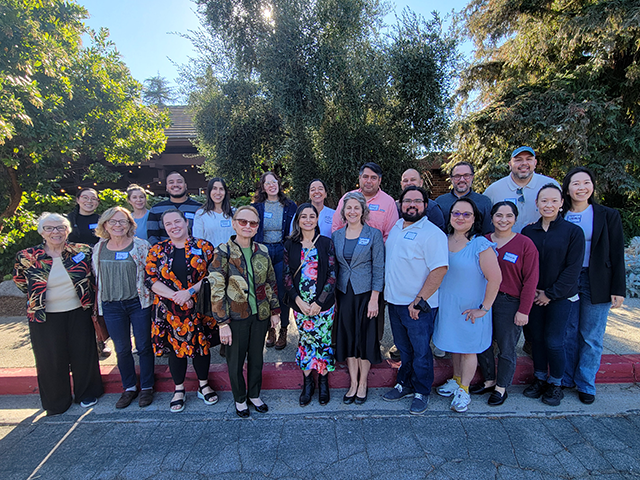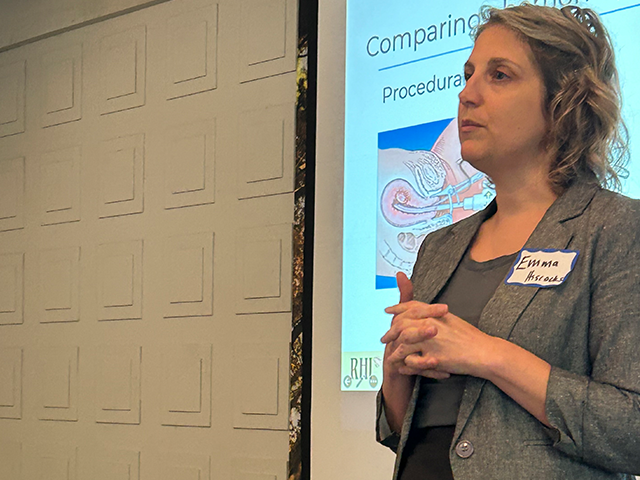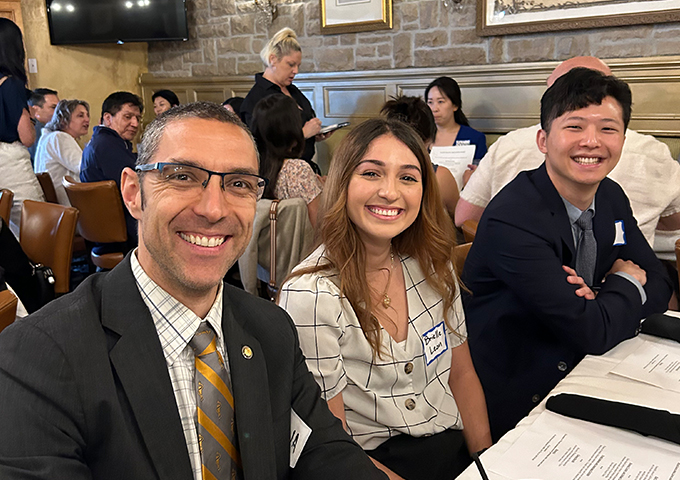Implications of a U.S. Withdrawal from the World Health Organization
The first week of the new presidential term has been fraught with a number of executive orders as with any term that accompanies a shift in party. Among the innumerable orders included is an order to withdraw the United States from the World Health Organization. Let’s break down what this means:
What is the World Health Organization (WHO)?
The WHO is a United Nations agency of 194 member states that leads global response to health emergencies among other health promotion efforts. Among its contributions are the eradication of smallpox and management of outbreaks of mpox, Ebola, and polio.
What are the potential implications of withdrawing from the WHO?
The US has been a significant contributor to WHO funds at about 15% of the 2022-2023 budget. Withdrawal of US funds from the WHO may notably hamper WHO operations including programs to eradicate polio, maternal child health programs, and vaccine initiatives. And while reports on the amount the US contributes to the WHO may suggest that interrupting this funding to the WHO will be a significant cost-savings for the US, it is worth noting that the WHO does all of its far reaching global work on a budget smaller than that of UCSF.
Losing access to important global databases will impede vaccine development such as the annual influenza vaccine and limit surveillance of emerging infectious diseases that pose a health threat. The US contribution to this data also magnifies US influence and interests in WHO findings and recommendations.
This will limit US influence on the global health stage. Withdrawal from the WHO will result in other countries’ greater influence on global response to health issues including pandemics. When the US stopped funding to WHO in 2020, China increased its pledge to the WHO. A repeat occurrence could create an opening for other nations’ influence on global health policy and the WHO agenda. And while the order calls for identification of partners to assume necessary activities previously undertaken by the WHO, the call to withdraw from the WHO comes without a defined alternate plan.
What do experts say?
Our very own American Academy of Family Physicians (AAFP) is part of the Group of Six – a coalition of six organizations presenting the U.S.’s frontline physicians providing the overwhelming majority of care to patients in the U.S. and representing over 600,000 members. The Group of Six put out a statement on January 23 calling on Congress to reject the proposal to withdraw from the WHO. The WHO released a statement hoping the US will reconsider.
What happens next?
This isn’t the first time the US has attempted to withdraw from the WHO. In July 2020, the Trump administration notified the U.N. that the US was planning to pull out of WHO months into the COVID-19 pandemic. This was reversed in January 2021 by Biden. Withdrawing from the WHO requires a one-year notice period and, given that it was an act of Congress to join the WHO, may also need approval by Congress. The US still has to meet its financial obligations to WHO for the current fiscal year.
The US withdrawal from the WHO will significantly hamper global health efforts with domestic impacts while weakening US influence on the global health landscape. It is imperative that Congress acts to secure and maintain our place in the WHO. Our representative professional bodies recognize the critical role of US involvement in the WHO.































